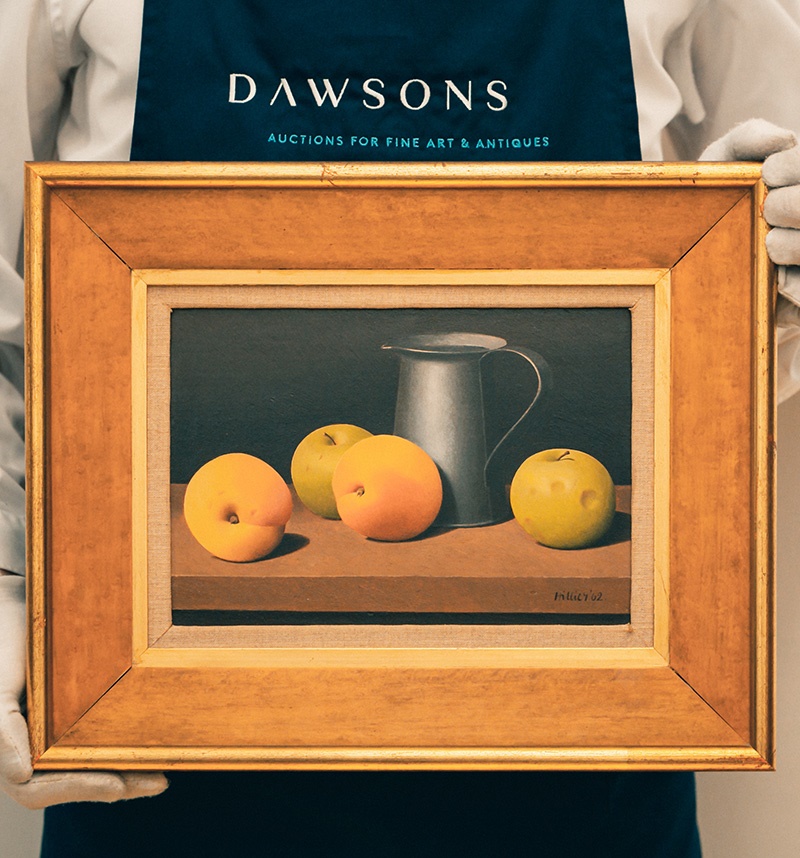What is the item you would most like to buy, if money were no object?
I am often asked what a potential collector should look to purchase. Whilst it is something of a cliché, my advice would always be for people to buy and collect things that they like. Additionally, buy the best you can for the price you can afford, and always think of the opportunity to learn more about the objects you buy. By doing so, you’ll come to value them more, and in turn pass on that knowledge when you come to sell them or hand them down. If I could personally own one item, with no strings attached (and money being no object), it would be a late 19th century William de Morgan charger or wall plaque.
When buying, remember the items that perform best in a saleroom and achieve the highest prices, are those with a difference to others. It’s not just about rarity, however. More important is that they stand out from what can be a crowded market, whether that be their individual and particular design, or through the history behind the item. Indeed, there is a buoyant market for historical documents and manuscripts, especially those connected to notable figures such as artists, politicians, explorers and campaigners for social change.


